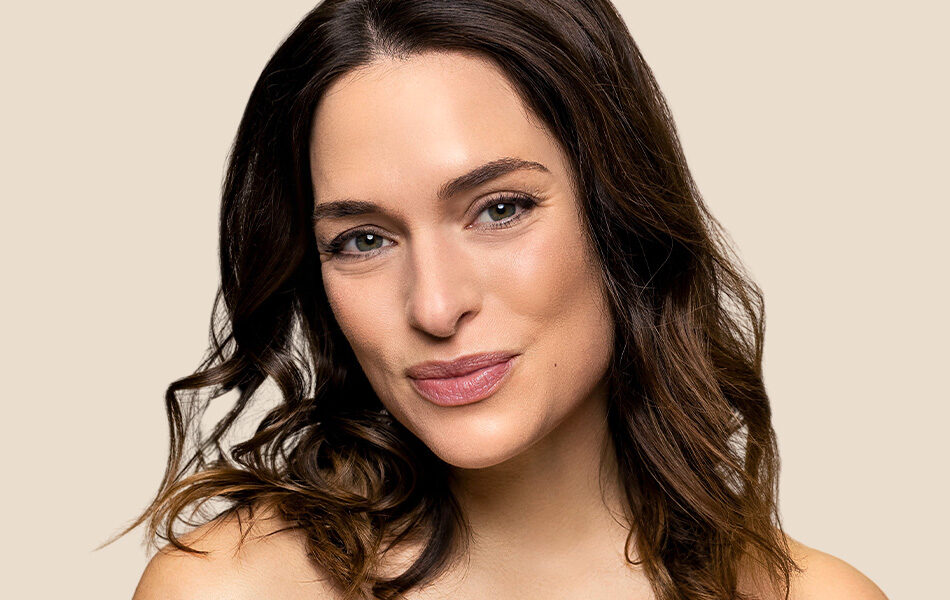With a completed medical degree and a valid license to practice medicine, physicians can apply for a position as a postgraduate training assistant at a hospital authorized to provide postgraduate training in the specialty. The resident commits to a medical specialty and learns that specialty during his or her first years on the job.
The prerequisite for the title of specialist in Germany is several years of training. This usually lasts 5 to 6 years. The duration of the training depends on the chosen field.
For example, if you take the plastic surgery residency training, you will go through various stations during the duration of your residency. The 6 years of residency training here are composed as follows:
The period of further training in plastic and aesthetic surgery is 72 months with a person authorized to provide further training at a training center, of which
must be completed 48 months in plastic, reconstructive and aesthetic surgery
Must serve 6 months in the emergency department
Must complete 6 months in critical care (preferably in a burn intensive care unit)
Up to 12 months of continuing education in other areas may be provided to acquire competencies
During the period of further training, the physician is referred to as an assistant physician in the respective specialty or as a physician in further training. The specialist training takes place under the responsibility and direction of the responsible state medical association at a university hospital or an institution of medical care with corresponding authorization for further training. Postgraduate training sites include hospitals and medical practices that are authorized to provide postgraduate training. At the same time, residency is a paid activity.
Physicians must fulfill the points specified in the continuing education catalog on their way to becoming a specialist and have this certified in writing by their supervisor.
After completion of the training, a specialist examination must be taken at the state medical association. After passing the exam, you can wear the specialist title (website, business card, practice sign,…).
Without the specialist title, only the treatment of private patients is possible.
In addition to the various specialist training courses, in which a specific specialist title is acquired, there are a number of additional further training courses available.
These additional continuing education courses are special medical qualifications that can be acquired in addition. An additional postgraduate training does not lead to a further specialist title, but to an additional title in addition to the specialist title. These include, for example, further training in acupuncture, geriatrics, intensive care medicine, emergency medicine or sleep medicine.
Admission to the examination in the additional training courses also requires (certain) specialist recognition. Exceptions are medical informatics and emergency medicine.
Your Dr. Yary
Definition: Plastic, Reconstructive and Aesthetic Surgery deals with procedures that are performed for functional or aesthetic reasons, especially on the visible part of the body. Body shapes and visibly disturbed functions are restored or improved. This includes, for example, reconstructions after accidents or tumors, but also aesthetic surgery.
Duration: The residency in plastic and aesthetic surgery lasts 72 months. Of these, 6 months each must be completed in critical care and the emergency department. Up to 12 months can be done in other areas.
Number of specialists: There are 938 specialists in plastic, reconstructive and aesthetic surgery in Germany. Of these, 869 are employed. 311 work as outpatients and 513 as inpatients in a clinic.
The term “plastic” surgery originates from the fine arts: here, “plastic” stands for a sculpture created by modeling a material such as clay. This definition already pretty much outlines what this specialty is all about: Plastic, Reconstructive and Aesthetic Surgery, in a way, models patients’ bodies.
However, it is not enough to equate plastic surgery with pure cosmetic surgery, especially since the term cosmetic surgery is not a protected name. Any doctor I can call himself “”Beauty Doc”, “”Specialized in Beauty”, “”Doctor of Aesthetic Medicine”, “Plastic Surgeon”,…. These terms are not specialist titles but free terms under trademark law that any physician may use. The real specialist title is the specialist in plastic and AESTHETIC SURGERY.
In residency training, the focus is much more on reconstructive procedures, in which lost functions of the body are surgically restored – for example, after injuries, tumor removal or malformations. As in other surgical specialties, residency training in this field consists of the so-called “common trunk” for the first two years. In this basic advanced training, residents first learn the basics of surgery.
A subfield of plastic, reconstructive and aesthetic surgery is burn surgery. This is about treating skin that has been scalded, burned, cauterized, injured by electricity or by lightning. Especially for severe injuries such as deep second-degree and third-degree burns, surgeons in this specialty can help – for example, with skin grafting. In addition to aesthetic treatment, which improves burn marks and scars, it also involves the restoration of movement functions, for example, burns on the hands.
Speaking of hands, hand surgery is an interdisciplinary specialty of plastic surgery and orthopedics and trauma surgery. Plastic surgery is important in this context primarily because of the atraumatic surgical technique that is gentle on the tissue: after all, many fine structures such as tendons, nerves and blood vessels are located close together in the hands. Therefore, microsurgical techniques play a much greater role here than in the area of other body regions.
Your Dr. Yary
A look at the science now helps to understand the limitation of topically applied hyaluronic acid (topical, by the way, is such a nice dermatologist word to describe something being applied to the skin). To slow skin aging and effectively address it below, we need a basic understanding of what causes our skin to age. To a large extent, external factors have an impact and UV light is a major part of that. Smoking, metabolic changes and ultimately genetics determine the pace of our skin aging. Without going too deeply into the details, everything ultimately results in a loss of collagen and hyaluronic acid. Even though the hyaluronic acid in a well-formulated lotion may ultimately reduce wrinkles by better hydrating the skin, it does not prevent or even reverse the actual structural damage to the body’s own hyaluronic acid. I will describe what actually helps in this case in another article. But this much is already revealed: Retinol and laser therapy are part of it, as well as the thread lift. To dissolve you now, however, why we are nevertheless big fans of hyaluronic acid: With the right filler, such as a skin booster, hyaluronic acid can be carefully injected under the skin, where its water-absorbing effect can gently and aesthetically plump up the skin. With the correct injection technique, this can even promote the body’s own production of collagen. Therefore, I see hyaluronic preparations to be applied to the skin as a kind of cure to reduce feelings of dryness. However, it is not a therapy to actually reverse skin aging.
Your Dr. Sophia
At HY STUDIO we offer a wide range of minimally invasive beauty treatments. The best known, besides botulinum therapy, is the injection with fillers. You surely know that our fillers, which we use to build up and restore parts of the face, are made of hyaluronic acid. Hyaluronic acid is a real magic substance. It occurs naturally in our body and gives firmness and structure to the tissues.
Let’s now talk about an important topic that should be part of every good consultation. As a doctor, I may accompany you during your first minimally invasive procedure. That can be quite exciting. It takes trust to let someone get that close to your face. Your trust is important and encourages me and my colleagues to explain the possible risks of filler treatment before every treatment. Although the probability of complications is negligible, fillers are (as the name suggests) filling substances. It therefore requires good anatomical knowledge on the part of the practitioner in order to spare nerves and vessels. Unlike silicone fillers, for example, hyaluronic fillers can be dissolved using a process known as hylase. The body’s own tissue is not permanently damaged during application. Since hylase treatment is reserved for doctors, it is all the more important to have injections performed only in a medical practice. Together with my other self-employed colleagues at HY STUDIO, we can guarantee the best possible safety for you.
Your Dr. Sophia





